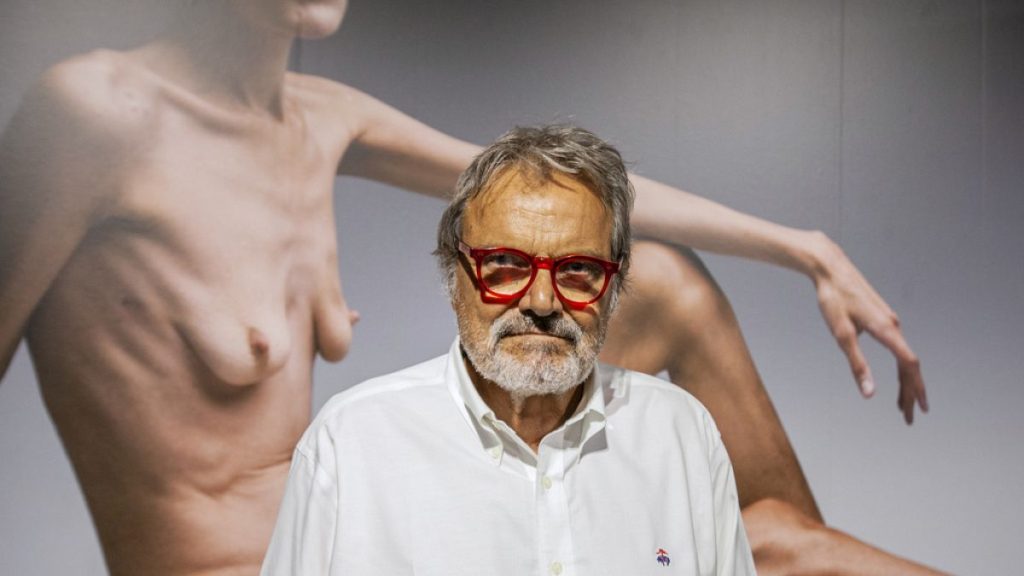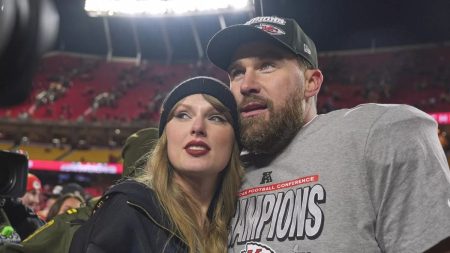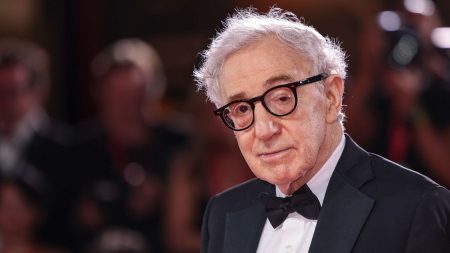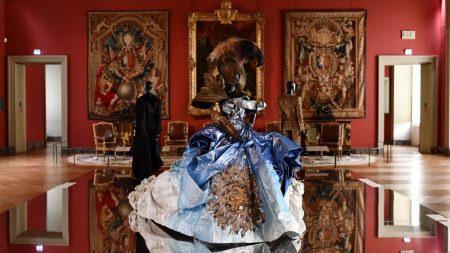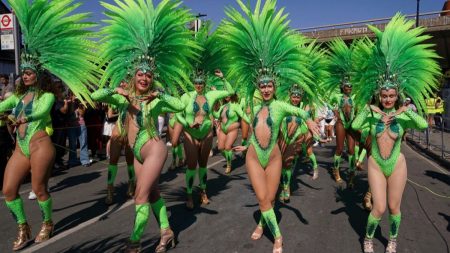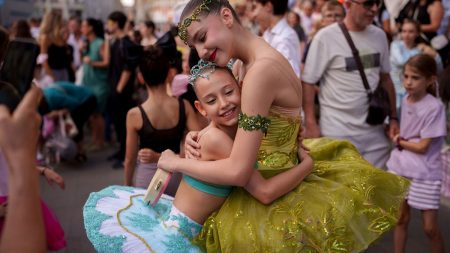Oliviero Toscani, a name synonymous with provocative and socially charged advertising, passed away at the age of 82 on January 13, 2025, after a two-year battle with amyloidosis. His six-decade career traversed the globe, capturing images for prominent magazines and spearheading campaigns that challenged conventional norms and sparked conversations on critical social issues like racism, environmentalism, and migration. Toscani’s legacy rests on his ability to transform commercial photography into a powerful medium for social commentary, pushing the boundaries of advertising and art. His family, including wife Kirsti and children Rocco, Lola, and Alì, requested privacy as they mourned their loss.
Toscani’s journey began under the influence of his father, a photojournalist for Corriere della Sera. His passion for photography ignited early, leading him to publish his first photograph at the tender age of 14 in the same newspaper – a poignant image of Rachele Mussolini grieving at her husband’s funeral. Formally trained at the Zurich University of the Arts, Toscani’s talent quickly propelled him to the forefront of the fashion industry, with his work gracing the pages of renowned magazines like Vogue, Elle, and Harper’s Bazaar. He collaborated with prominent fashion houses such as Valentino and Chanel, solidifying his reputation as a sought-after photographer.
However, it was his partnership with Benetton that truly cemented Toscani’s status as a revolutionary force in advertising. Beginning in 1982, his work for the Italian brand challenged societal taboos and confronted uncomfortable realities. His campaigns showcased refugees, death row inmates, and victims of Mafia violence, forcing viewers to confront difficult truths and prompting dialogue around complex issues. This collaboration, though punctuated by occasional controversy and a brief hiatus, spanned nearly two decades, shaping Benetton’s brand identity and pushing the envelope of what was considered acceptable in advertising.
Toscani’s most iconic work for Benetton, the “All the Colors of the World” campaign, became a symbol of integration and diversity, capturing the brand’s ethos and foreshadowing its rebranding as United Colors of Benetton. This campaign, while garnering numerous awards, also ignited debate, demonstrating Toscani’s ability to simultaneously captivate and challenge his audience. Beyond advertising, Toscani launched Colors magazine in 1991 and founded Fabrica, an international hub for arts and communication research, in 1994. His commitment to social commentary continued with monographic catalogues like “Corleone,” which documented the lives of young people in a Sicilian Mafia stronghold, “I girasoli,” focusing on disabled children, and “We, on death row,” highlighting the injustices of capital punishment.
Toscani’s lens captured a diverse spectrum of humanity, from cultural icons like John Lennon, Andy Warhol, and Muhammad Ali to fashion luminaries like Claudia Schiffer and Monica Bellucci. His work extended beyond celebrities to encompass everyday individuals, reflecting his belief in the inherent beauty and stories found in every face. His Razza Umana project, launched in 2007 in collaboration with the United Nations, further exemplified this philosophy, documenting the rich tapestry of human existence across the globe, capturing physical, social, and cultural nuances in over 100 Italian municipalities and various international locations.
Even in the face of global crisis, Toscani’s passion for portraiture and human connection shone through. During the COVID-19 pandemic, he launched an initiative encouraging individuals to document their experiences through self-portraits, transforming the isolated reality of lockdown into a collective act of self-expression and historical documentation. This project, published on La Repubblica’s website, captured the fear, resilience, and vulnerability of a world grappling with an unprecedented pandemic. Toscani’s belief in the power of everyday faces, captured honestly and without artifice, became a defining principle of his work, leaving behind a legacy that challenges, provokes, and inspires. His passing marks a significant loss to the world of photography and social commentary, but his enduring body of work continues to resonate, prompting important conversations and challenging us to see the world through a different lens.




